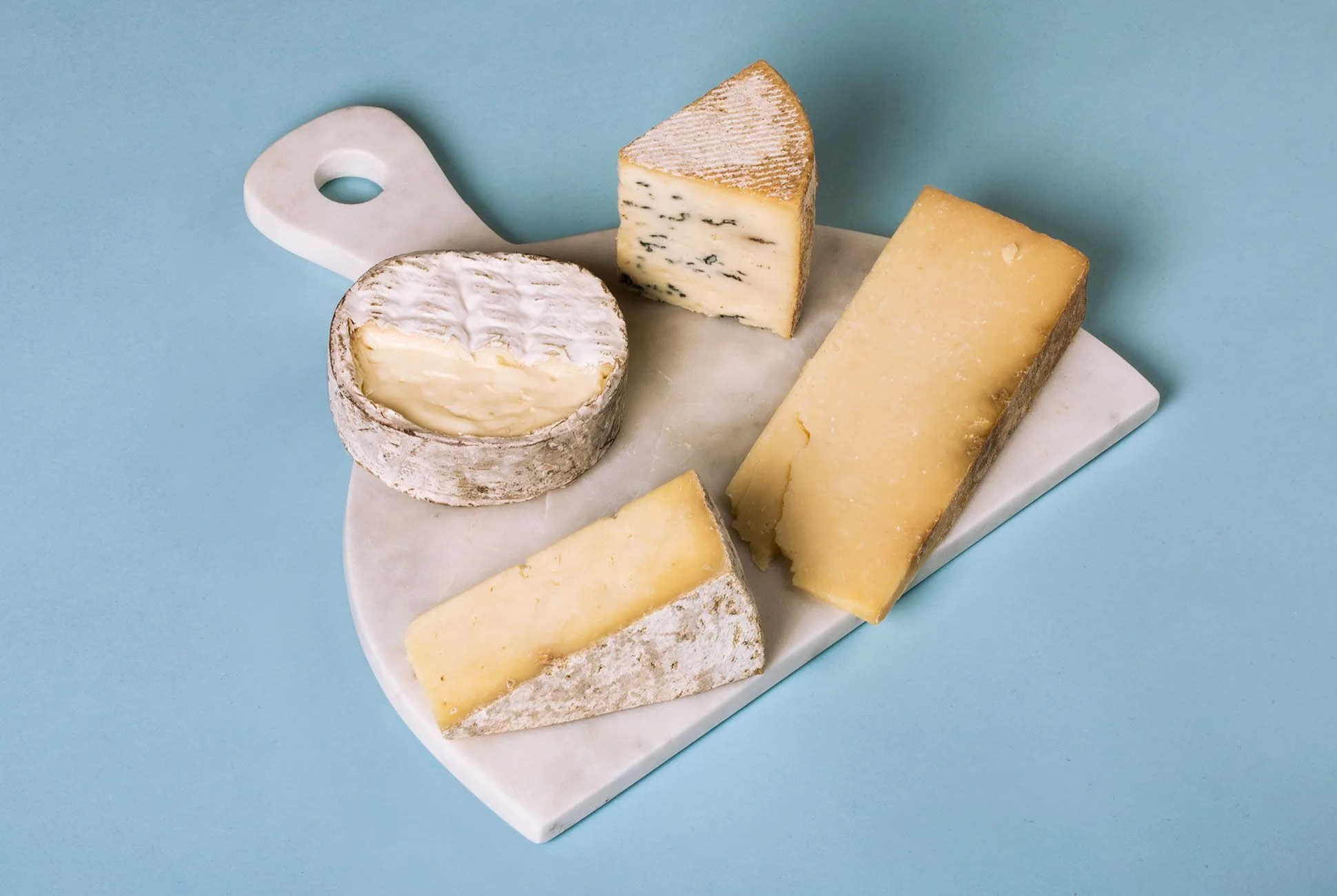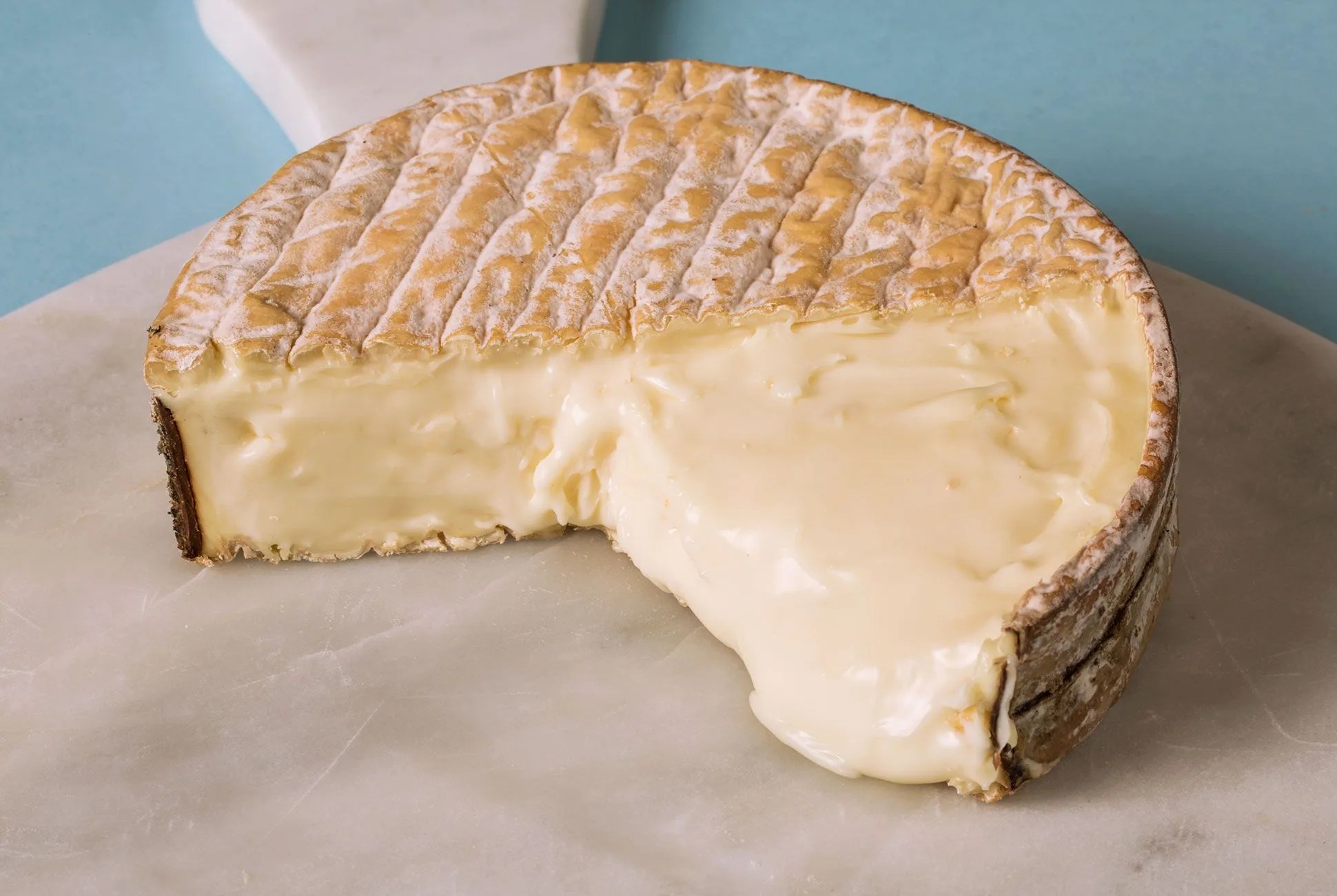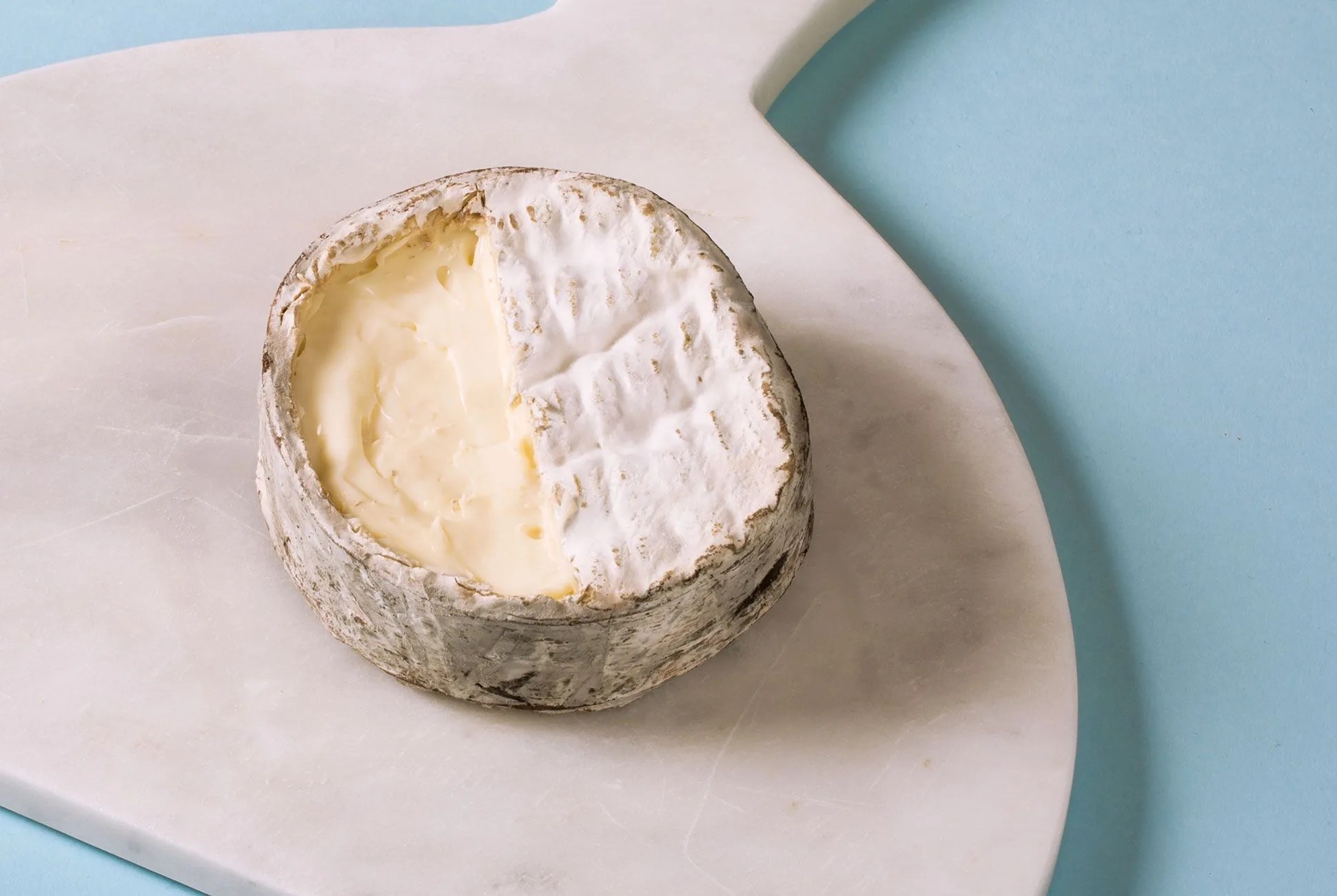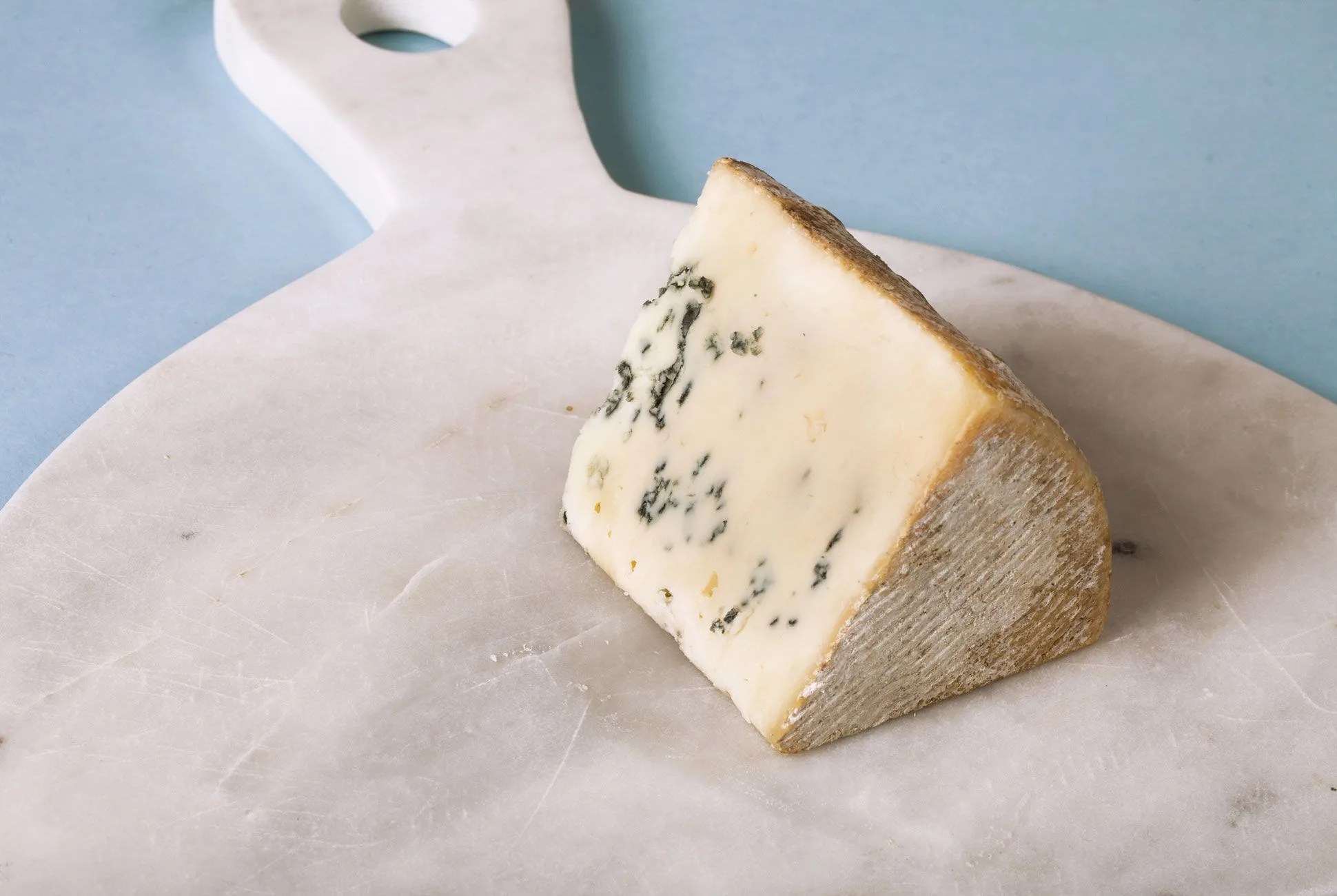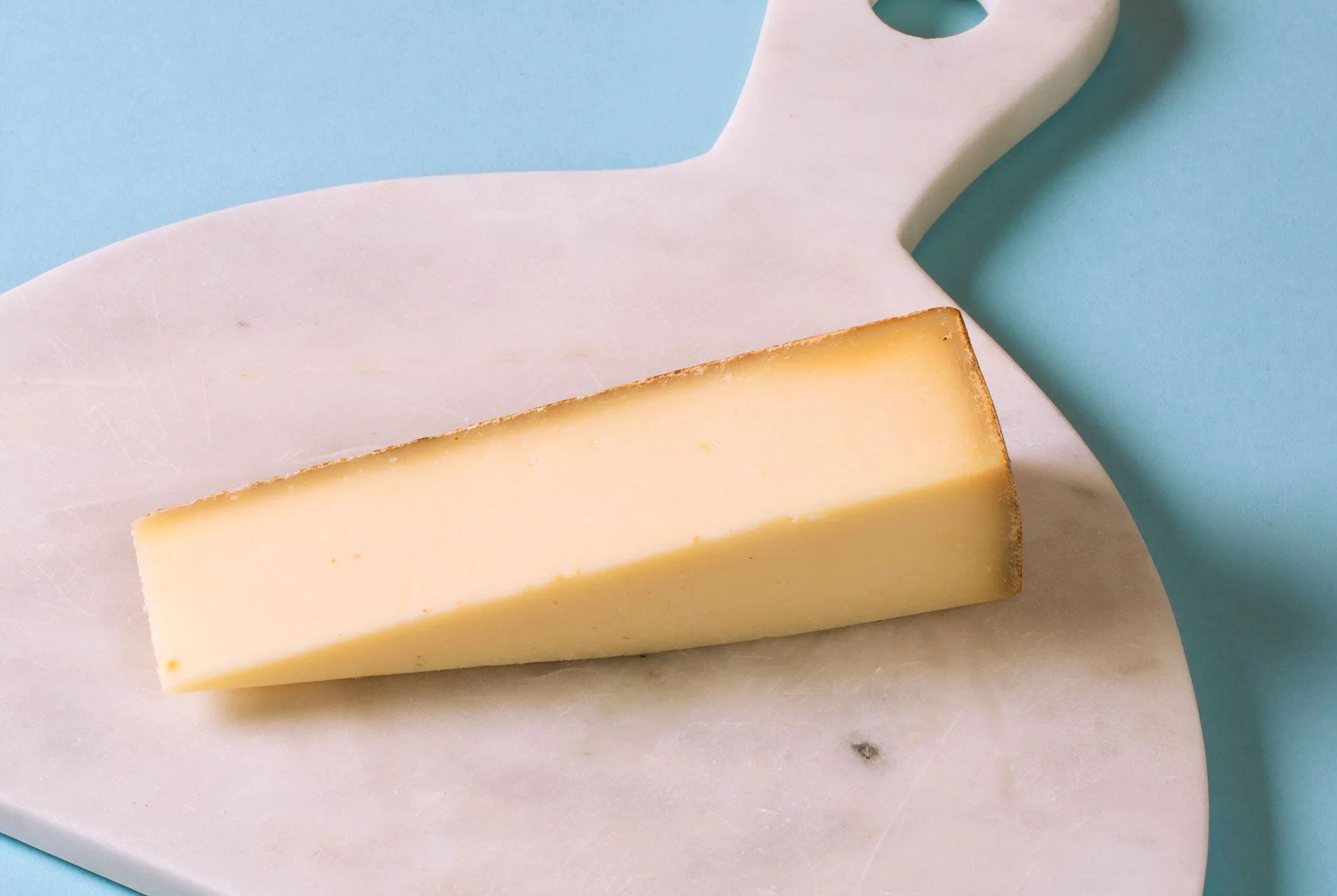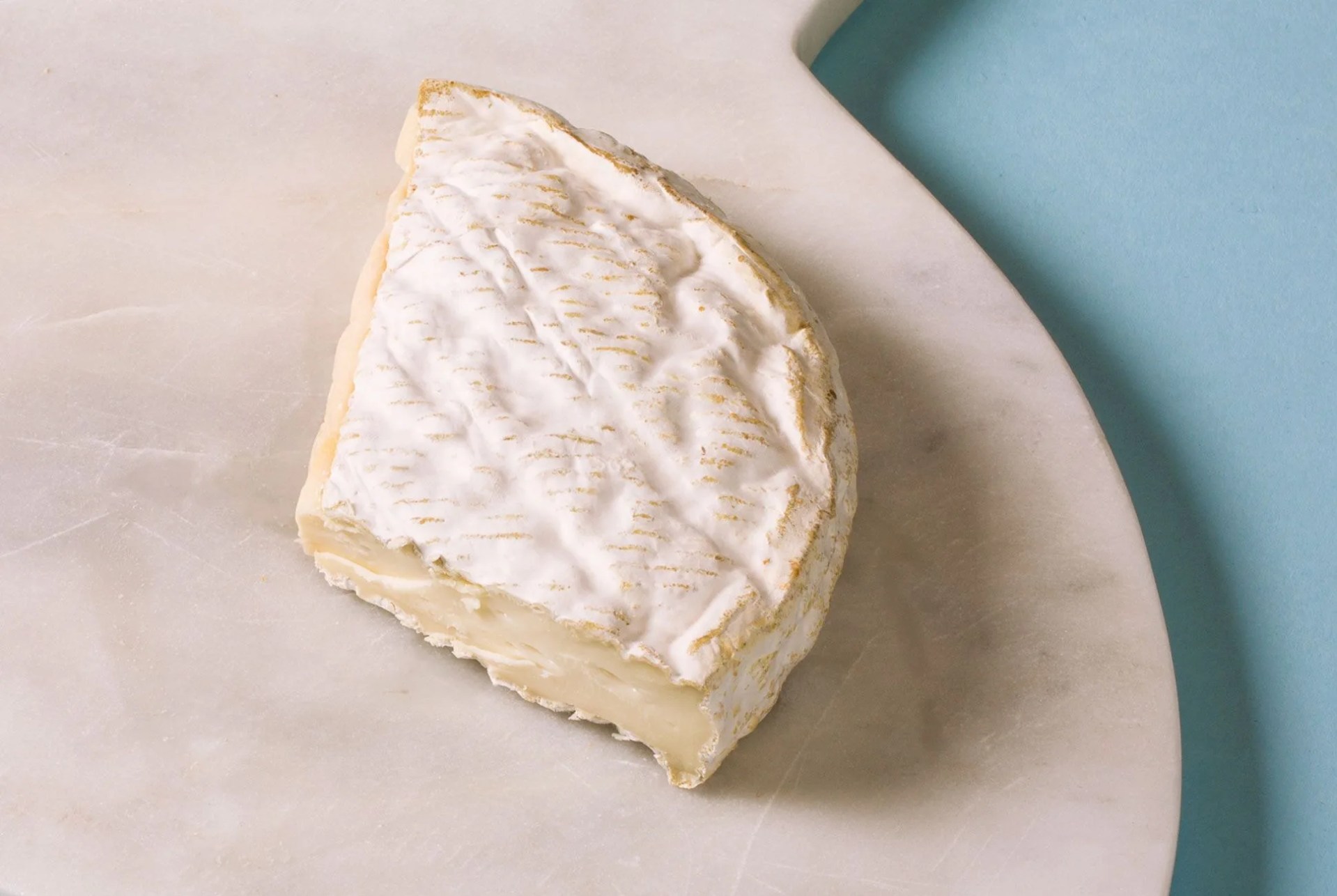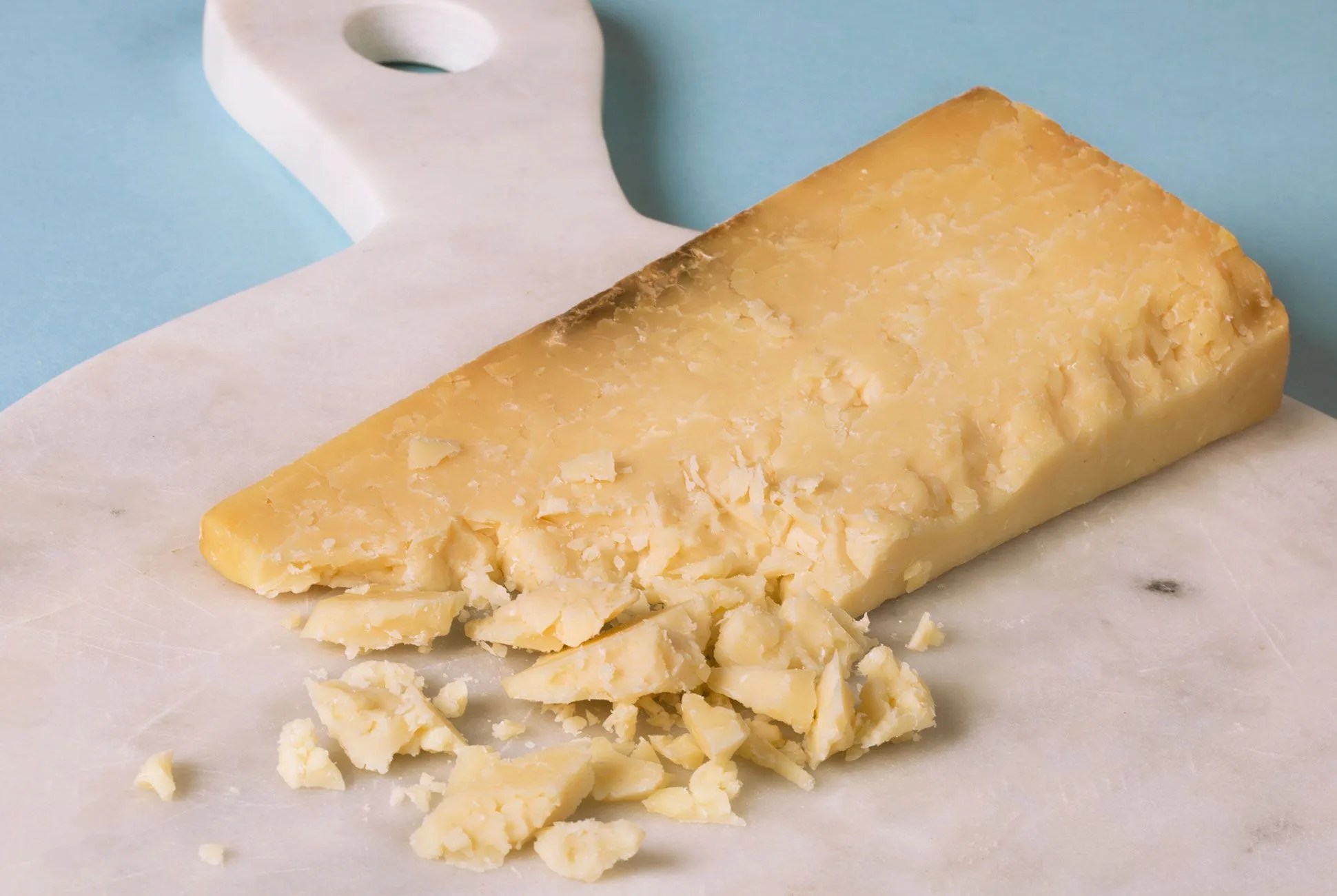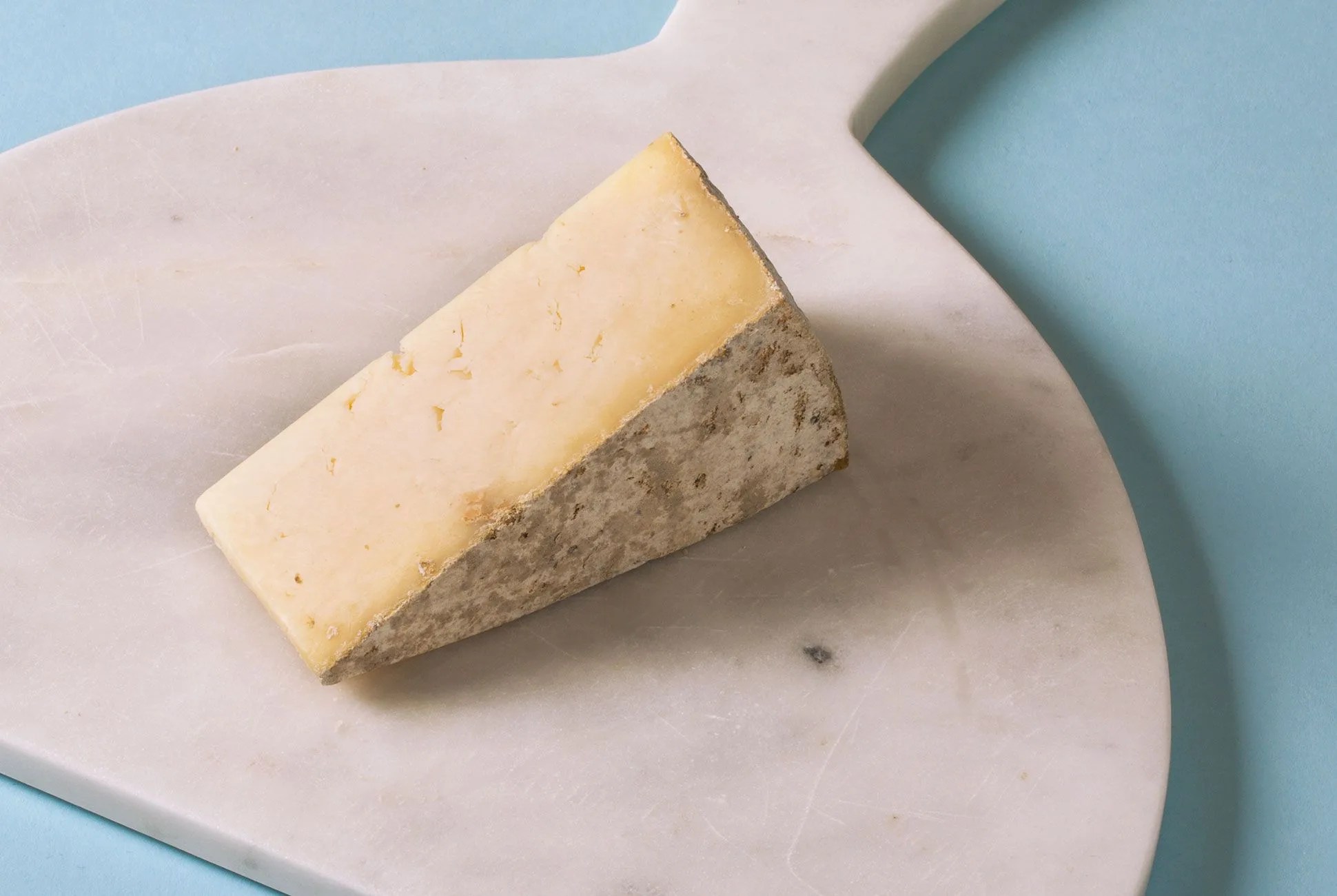On a rutted-out, unmarked dirt road deep in the hills of Greensboro, Vermont, there are more cows than humans. Tenfold. This is the world of small creeks, covered bridges and rolling hills that lead to the small mountains of Vermont; it’s also HQ for a Wonka-like cheese operation known as Jasper Hill Farm and Cellars. This is a land of milk turned art, and the staff at Jasper take their cheese seriously. They geek on the microflora of raw milk, rally against pasteurization laws, and have spent millions on developing a state-of-the-art, seven-vault cellar for aging some of the most awarded cheese in America.
If better cheese is what you want, this is top crop. Katie Park, the Manager of Jasper Hill’s Boston Public Market branch, was more than happy to relay the rigors of more “advanced” cheeses. And, if Jasper Hill isn’t available in your backyard (they do ship), use this advice to talk to your local cheesemonger to find yourself the best result of the cow/goat/sheep/buffalo udder.
Basic Tips for Buying Cheese
‘Don’t Fear the Monger’ by Katie Park, Cheesemonger
Ask yourself the basics. “What do I want? Hard or soft? How many people am I going to be serving? Is it just going to be me or am I going to be taking it to a party? Do I need it for cooking? Basically: what is the end use of the product that you will be buying?”
